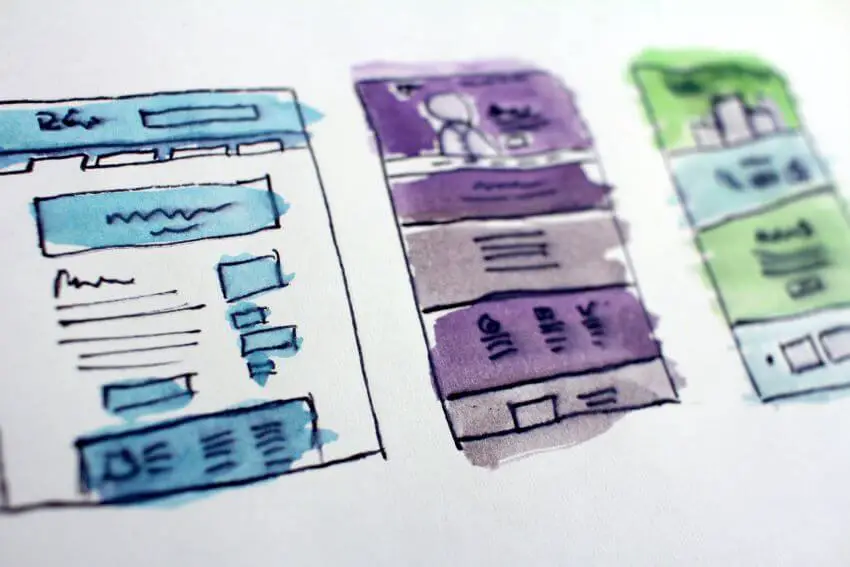Internal link building is an often underused yet essential strategy in search engine optimization (SEO). This process involves creating hyperlinks between different pages and posts within a website, bringing numerous benefits to its performance, user experience, and search engine rankings.
One of the key advantages of internal link building is its ability to improve a website’s structure and accessibility. By connecting relevant content inline-related posts, webmasters can guide users through a seamless journey, helping them find the information they need more quickly.
Moreover, internal links enhance a site’s SEO by distributing link juice – the value passed from one page to another – more evenly across its pages, boosting its chances of ranking higher on search engine results.
Various internal link-building tools are available, which can greatly simplify the process, automating link creation and providing smart link suggestions and optimization. This turns a once tedious, time-consuming task into a manageable and efficient activity, benefiting website owners and users alike.
Understanding Internal Links and SEO
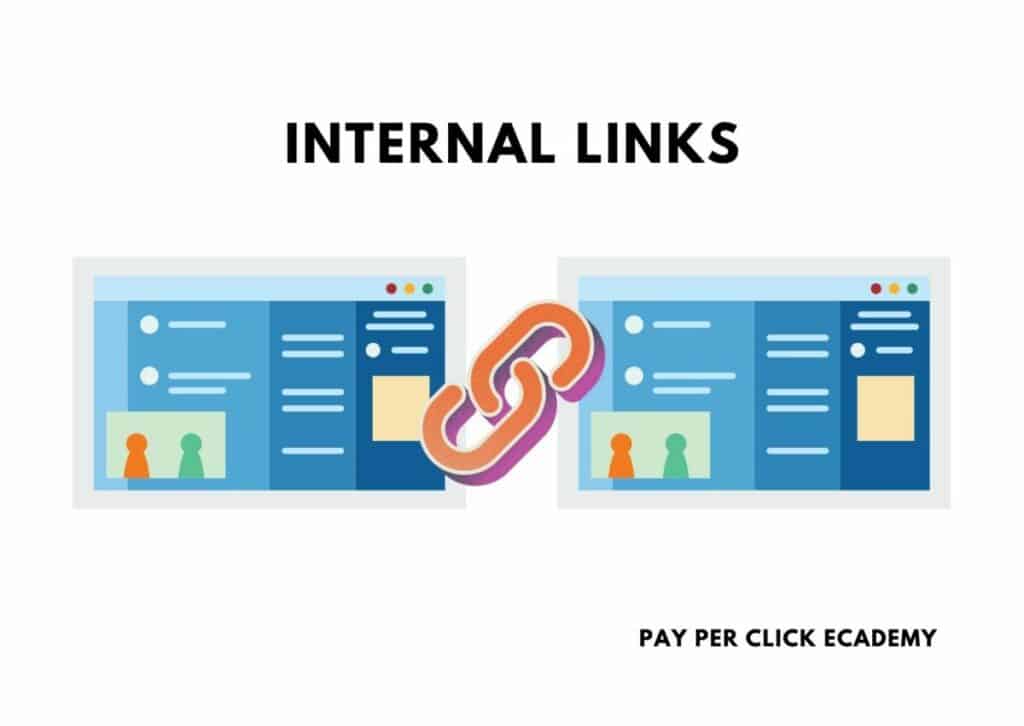
Role of Internal Links in SEO
Internal links are hyperlinks that link multiple keywords and point to pages within the same domain. They play a vital role in SEO by helping search engines discover and index content on your website.
By connecting related pages, internal links improve user site navigation, enhance the user experience, and increase the time spent on your site. They also help establish a website’s architecture and distribute “link juice” or link equity throughout the site, which can improve the overall domain authority and ranking of individual pages.
Anchor Text and SEO
Anchor text refers to the clickable text of a hyperlink. In the context of internal linking, it is crucial to choose relevant and descriptive anchor text that gives users and search engines an idea about the linked page’s content. Using keyword-rich and natural anchor text can help improve SEO by signaling the topic of the linked page to search engines. However, avoiding over-optimization and using varied anchor text phrases to maintain a natural linking profile in search results is essential.
Link Juice and SEO
Link juice, or link equity, refers to the value and authority passed from one webpage to another through hyperlinks. For internal links, this means that pages with high authority can transfer some of their link equity to other pages within the same site, boosting their ranking potential in search engine results.
It’s important to strategically distribute link juice by prioritizing your website’s most valuable and relevant pages. This can be done by adding internal links from high-quality content and removing or minimizing links from low-quality pages.
Key Factors Importance Anchor Text Signals topic relevance to search engines Link Juice Distributes value add links and authority to linked pages Site Hierarchy Establishes content organization and site structure
Internal vs. External Links
While internal links connect pages within the same domain, external links point to pages on other domains.
Both types of links contribute to SEO, though in different ways. Internal links help with content discovery, indexation, and link equity distribution within a site. In contrast, external links serve as votes of confidence from other domains, bringing in authority, trust, and traffic.
A balanced link profile should include internal and external links to demonstrate a well-rounded SEO strategy and ensure optimal ranking potential.
Hierarchy and Site Structure
Establishing a clear hierarchy and site structure is crucial for user experience and search engine optimization. A well-organized site helps visitors easily navigate and find the information they’re looking for while providing search engines with a better understanding of your content’s organization and relevance.
Creating a logical hierarchy with proper internal linking can guide users from broader, more general pages to more specific and detailed content. This contributes to a better site experience and the likelihood of users staying longer and engaging more with your website, positively impacting SEO.
See Related: Best Marketing Tools for Small Business
Best Internal Linking Tools
Link Whisper
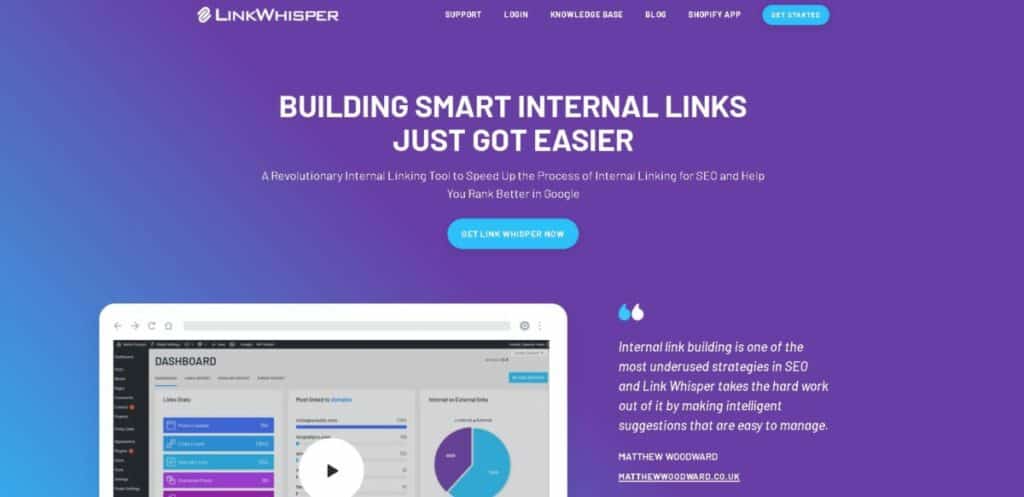
Link Whisper is an AI-powered internal link-building tool designed to help you easily manage and optimize your website’s internal linking structure. Its smart suggestion feature automatically identifies relevant internal link opportunities within your content.
Link Whisper provides an easy-to-use dashboard where you can review and edit the suggested internal links before applying them to your content. Additionally, the tool offers quick link reporting and orphaned content identification features, making it an excellent choice for improving user experience and SEO.
Internal Link Juicer
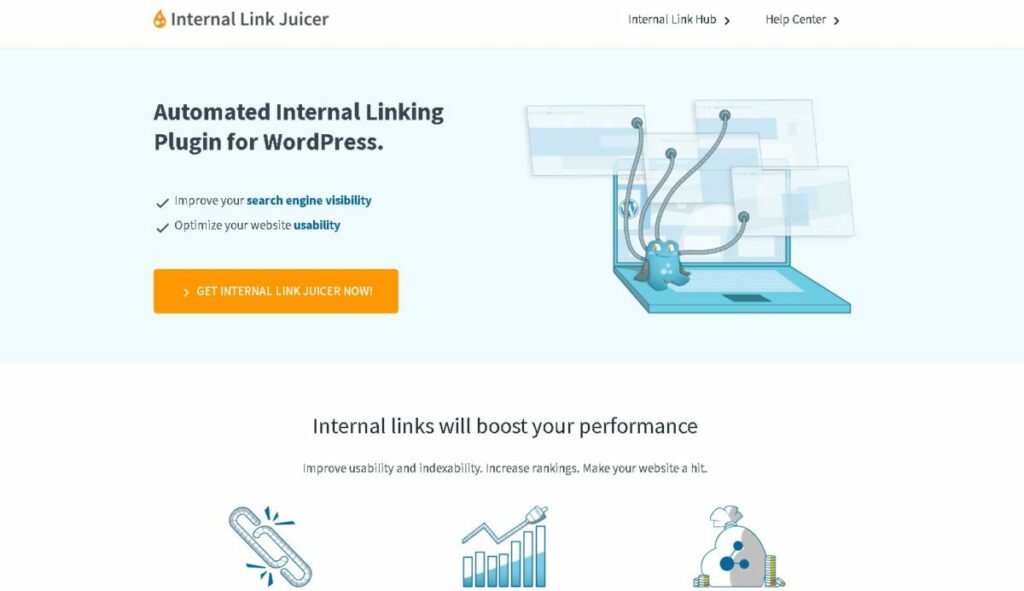
Internal Link Juicer is a powerful WordPress plugin that automates the process of creating relevant internal links. It analyzes your content and intelligently places internal links based on keyword relevance.
This tool offers a variety of features, such as automatic link suggestions and density control, which allows you to customize the number of links per page. It also has a feature for link tracking, enabling you to monitor your internal link-building campaign’s progress.
Interlinks Manager
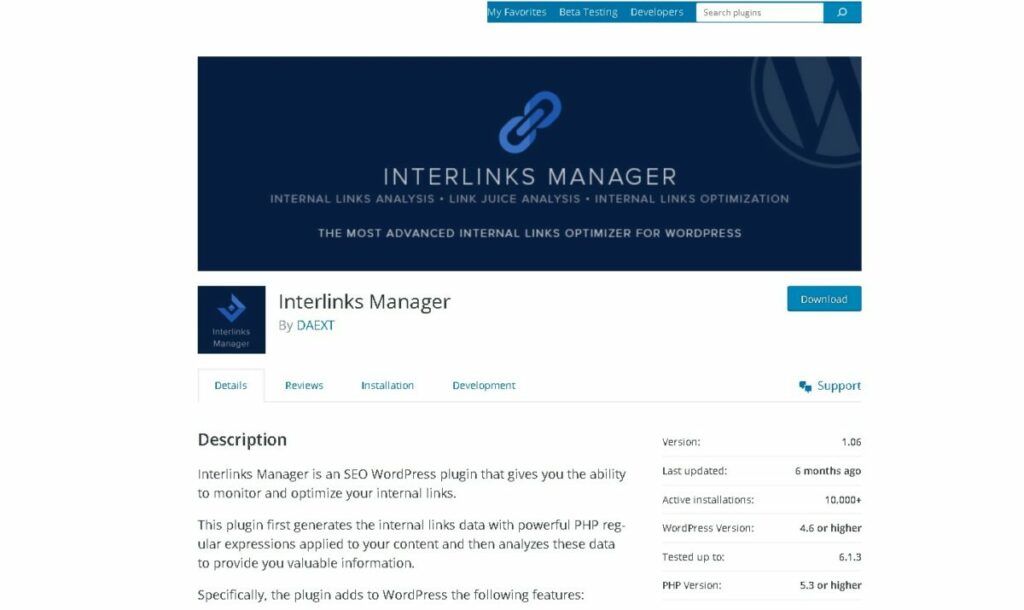
Interlinks Manager is a budget-friendly WordPress plugin that streamlines your internal link-building efforts. It offers an easy-to-use interface that allows you to create, edit, and manage internal links within your content.
One of its standout features is the automatic link-generation option, which identifies related content and adds the inbound internal links, accordingly. Besides, Interlinks Manager offers various calculation and reporting tools for monitoring the effectiveness of your internal linking strategy.
Yoast SEO
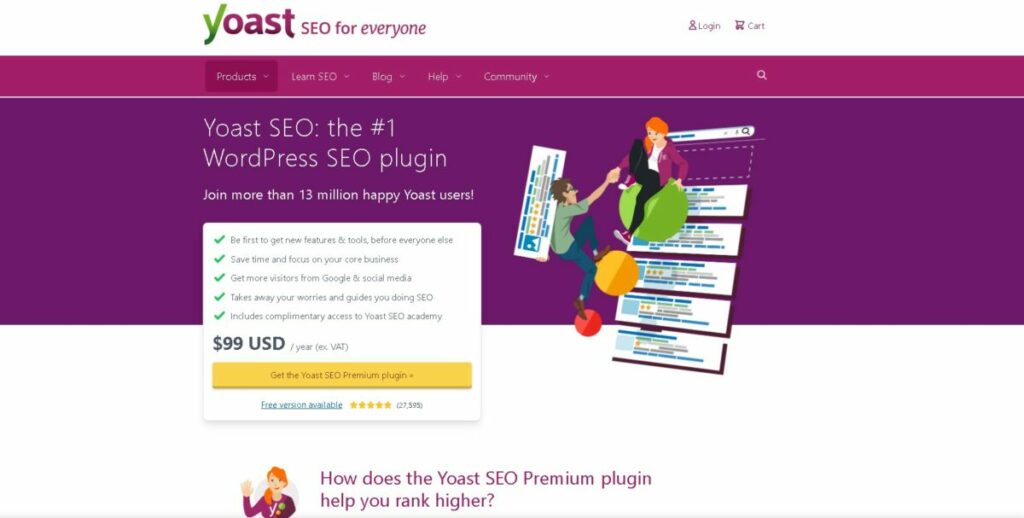
Yoast SEO is a well-known SEO plugin for WordPress that offers internal linking functionality as part of its features. The plugin identifies orphaned content on your site and suggests opportunities to create internal links.
This internal linking plugin ensures better content visibility and an improved user experience. Although Yoast SEO’s primary focus is not solely on internal linking, it is an excellent choice for those looking to combine internal link-building with other essential SEO features.
Rank Math
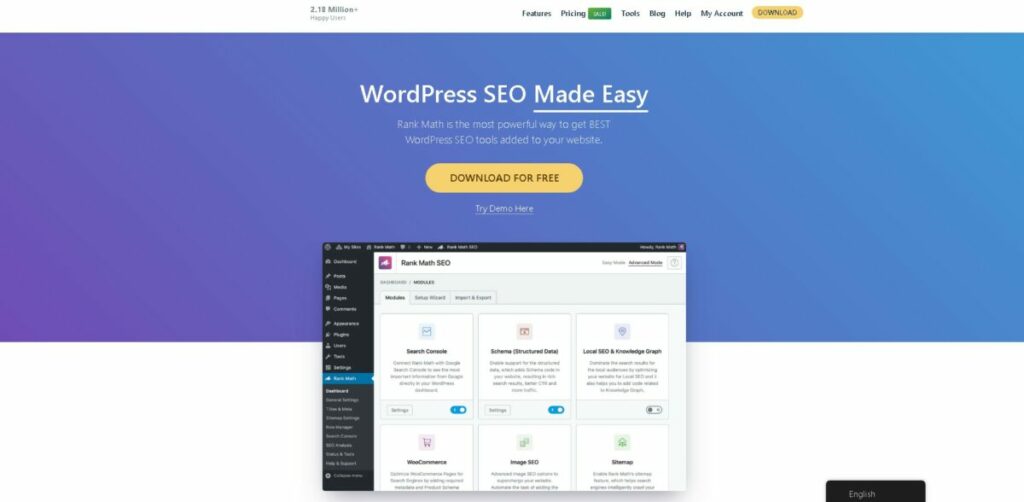
Rank Math is an all-in-one SEO WordPress plugin that also includes internal link-building capabilities. It provides a link suggestion feature that helps you find potential internal link targets within your content.
Rank Math supports multiple post types and offers a real-time internal linking tool evaluation system, making it easy to assess and adjust your internal linking strategy. Moreover, the plugin provides a comprehensive suite of SEO tools, including XML sitemaps, schema markup, and keyword optimization.
All in One SEO
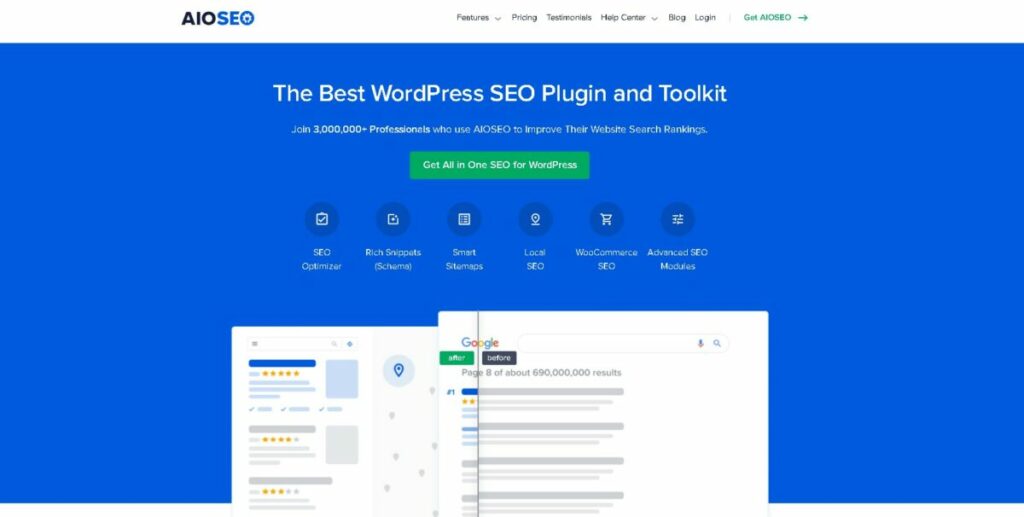
All in One SEO is a comprehensive WordPress plugin that offers a wide range of SEO features, including several internal linking plugins for link analysis and management. The plugin lets you identify the most potent internal link opportunities and optimize your website’s link structure. All in One SEO supports custom post types, taxonomies, and even a powerful broken link checker, making it a reliable and versatile tool for managing your website’s internal linking and overall SEO health.
See Related: How to Use the SurferSEO Keyword Research Tool
Advanced SEO Tactics
Keywords and Ranking
To improve internal linking, target specific keywords within your content to guide the reader towards relevant pages. Proper keyword selection plays a crucial role add inbound internal links and improving the overall ranking of a website. Use tools like Google Keyword Planner and Semrush to research and identify the most suitable keywords for your content.
Traffic and Pages
Assess your website’s high-traffic and top-performing pages to leverage their popularity for internal linking. Incorporate more links leading to these pages throughout your content and link from those pages to your other sites with related content. Use analytic tools like Google Analytics to identify your top-performing pages.
Handling Broken Links
Broken links can harm your website’s SEO. Monitor and repair them regularly to maintain a healthy link structure. Tools like Screaming Frog and Ahrefs can help you identify broken links. Fixing these links ensures better user experience and helps retain the SEO value of your website.
On-Page SEO
Optimize on-page elements like title tags, meta descriptions, URL structure, and header tags to support your internal linking strategy. Incorporating relevant keywords and creating internal links to these elements can help increase the crawlability of your website and boost SEO performance.
Google Search Console and Analytics
Monitor your website’s performance with the help of Google Search Console and Google Analytics. Access reports, analyze data, and keep track of internal linking patterns and effectiveness. Regularly reviewing this data lets you make informed decisions about where to focus your best internal linking and efforts, helping improve your website’s SEO performance and user experience.
Optimizing User Experience
Orphaned Pages to Views
Orphaned pages are website pages with no internal links pointing to them. They can negatively impact user experience by making it difficult for users to navigate and find relevant content.
By identifying and connecting these orphaned pages through internal linking, website owners can improve user experience and increase the likelihood that visitors will engage with more content on the site. Additionally, by reducing the number of orphaned pages, search engines can more efficiently crawl and index the site, potentially boosting the site’s search visibility.
Bounce Rate and User Experience
Bounce rate is the percentage of website visitors who leave after viewing only one page. A high bounce rate can be indicative of poor user experience, as it suggests that users may not be finding the information they are looking for or are not engaged with the site.
By strategically implementing internal linking, site owners can guide visitors to relevant content, decreasing bounce rate and improving user experience. For example, including internal links to related articles, product pages, or FAQ sections can help keep users on the site longer and increase their chances of finding what they need.
Automation and User Experience
Automation tools can play a significant role in optimizing user experience through internal link building. These tools can help identify relevant linking opportunities and streamline updating and maintaining a website’s internal link structure.
Using automation, site owners can ensure that their internal links are regularly audited and updated, reducing the likelihood of broken links and other issues that could hinder user experience.
Furthermore, automation can help site owners maintain a consistent, well-organized internal linking strategy, leading to a more engaging and user-friendly website.
See Related: Impactful Tips for Creating a SurferSEO Content Editor
Creating an Effective Linking Plan
Developing a Solid Context
When creating an internal linking plan, it is essential to develop a solid context for each link. This means that links should be relevant to the content they’re placed in and should help guide users through the website more efficiently.
For example, if your content discusses different techniques for digital marketing, a relevant internal link might point to a blog post discussing the specific application of those techniques. By maintaining contextual relevance, you can improve user experience and increase the overall value of your website’s content.
Authority and Linking Structure
An effective linking plan considers the authority and linking structure of your website. Start by identifying pages with the highest domain authority, usually those with a high number of backlinks. Prioritize linking to these high-authority pages to ensure your most important content is easily accessible.
Furthermore, maintain a clear hierarchy in your linking structure by linking to main category pages from your homepage, subcategory pages, and individual articles or product pages. This approach makes it easier for search engines to crawl and index your website, leading to better search visibility.
Use of Affiliate Links
Be cautious and transparent when incorporating affiliate links into your internal link-building strategy. Affiliate links should be disclosed appropriately, and ideally, they should be placed where they logically fit within the context of your content.
To avoid the appearance of being overly promotional, limit the number of affiliate links within a single piece of content and prioritize linking to high-quality, relevant resources. This approach ensures that your visitors perceive your website as a valuable source of information, ultimately increasing trust and improving the overall user experience.
Related Resources
